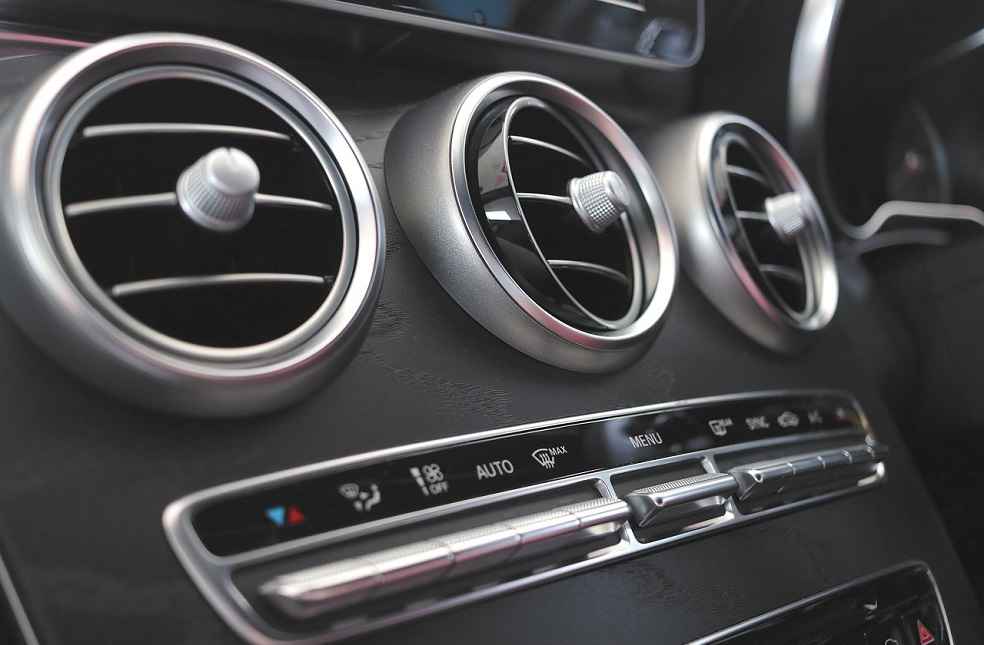Aluminium is gaining traction in the global electric vehicle (EV) industry as a material with the potential to accelerate the green revolution. Its eco-friendly characteristics and the ability to enhance both sustainability and performance in the burgeoning EV sector make it an excellent choice.
Automotive aluminium components outperform steel in terms of lower carbon emissions and a higher recycling rate. Remarkably, about 75% of all aluminium ever produced is still in use, and more than 90% of the aluminium used in the automotive and construction sectors is recycled, fuelling a thriving scrap market.

The world is witnessing an accelerated push for decarbonization, prompting a closer look at technologies and production methods that can reduce carbon footprints. Electric vehicles are a prime example of this evolutionary transition, here, aluminium already showcasing notable sustainability gains.
With its surging popularity, aluminium has made a mark in various sectors like construction, electrification, and transportation. The global aluminium market, growing at a CAGR of 6.1%, is projected to reach a substantial $255.91 billion by 2029.
Aluminium possesses appealing properties that set it apart from other metals. It stands superior in corrosion resistance and has self-healing properties that form a protective oxide barrier when damaged. This feature enhances durability, reduces maintenance, extends lifespan, and leads to considerable cost savings.

Despite the steel industry’s dominance in the global metals market, aluminium is challenging the traditional order. Sectors previously dominated by steel, such as defence, energy, and infrastructure, are now experiencing increased penetration of aluminium.
Aluminium significantly enhances the driving range of Battery Electric Vehicles (BEVs) by reducing weight and providing superior safety features. It outperforms steel by absorbing more energy per kilogram during crash scenarios, demonstrating its superior safety profile.
Electric vehicles need materials that are lightweight, durable, have excellent thermal conductivity, and are suited for complex geometric and functional integrations and battery maintenance. Aluminium checks all these boxes, earning it a spot as the preferred choice.

The rise of aluminium in the automotive industry has been nothing short of spectacular. The amount of aluminium used in cars has surged from 35 kg in the 1970s to around 150 kg today. Analysts from Frost & Sullivan predict that this figure will leap to an average of 250 kilograms per vehicle in the next five years.
Aluminium castings are the new standard in the EV industry, particularly for creating intricate parts for commercial EVs. They provide essential weight reduction, improving long-range battery technology. As EV demand escalates, aluminium’s role grows more crucial, as reflected in Volvo’s $1.2 billion commitment to a new electric car manufacturing unit in Sweden.

The influence of aluminium goes beyond vehicles themselves, extending to the wider EV ecosystem, including charging infrastructure. Aluminium’s excellent conductivity and corrosion resistance make it ideal for manufacturing charging connectors and heat sinks, enhancing efficiency and reliability.
With its low carbon footprint and excellent recyclability, aluminum offers solutions to many automotive industry challenges. Aluminum will continue to dominate even as hydrogen fuel engines become widespread. Because it is already proven that aluminum is the best support for hydrogen vehicles. Yes, looking ahead, aluminum’s star will continue to rise. However, full realization of the potential will require collaborative efforts among global industry partners.
DON’T MISS IT: Health World: MIT Unveils Jell-O-like, Printable Metalfree Electrode



